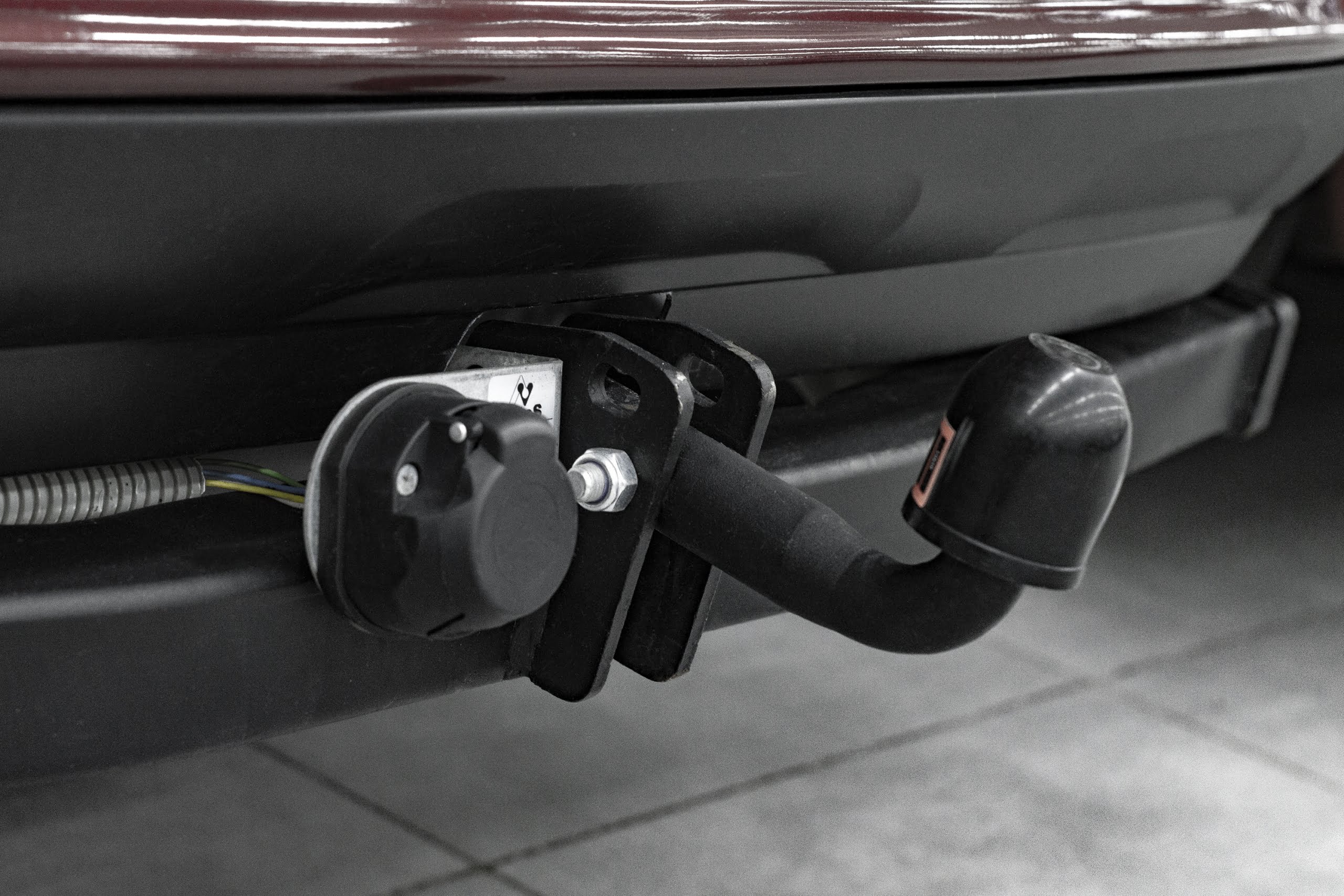Nothing transforms a car quite like a towbar. One day a humble hatch, the next day a utility vehicle. Toorak tractor to caravan hauler. Glorified SUV to the real thing, carrying bikes for the whole family, headed for the You Yangs. They may not be the most attractive accessory on the market, but there’s none that’s more practical. Whether you need to move house, get a trailer-load to the local transfer station, or join the grey brigade and head to the outback with a small house behind you, you’ll need the services of a towbar. Now you know you need one, it’s time we turned to towbar installation.
Firstly, what are towbars?
Simply put, a towbar is a device that’s attached to your vehicle’s chassis (the structural frame) and, with the help of a coupling device (like a tow ball), connects to a trailer or caravan so you can tow it.
Which towbar do I need?
When people think about having a towbar installed, they think only of what they plan on towing. This is putting the cart before the horse. The first thing you need to do is make sure your car is up to the task. If you only plan on pulling a six by four (6’ x 4’) trailer around once in a blue moon, then a small hatch or sedan is strong enough for that. If, however, it’s time to haul a caravan around our dusty interior, it may be time to upgrade your small car before even thinking about what type of towbar you need.
To figure out how much your car can tow, dust off the owner’s manual. In there somewhere is your car’s GVM, or Gross Vehicle Mass. The combined weight of your car, its cargo and whatever it’s towing must not exceed the GVM, otherwise you’ll be operating the car illegally.
The types of towbars
There are three towbar classifications in Australia: Class 2, 3 and 4. The amount of weight you’ll be towing determines which class of towbar is appropriate for you.
Class 2 or Light Duty – small towing loads, such as 6’ x 4’ trailers and bike racks. Typically don’t have a removable tow-ball hitch or tongue. Rated up to 1200kg.
Class 3 or Medium Duty – can tow up to 1600kg, appropriate for boats and jet skis, enclosed trailers. Has an easily removable tow-ball tongue.
Class 4 or Heavy Duty – can usually tow up to the maximum capacity of the vehicle to which they’ve been fitted. Whatever needs pulling, these towbars can do it. Caravans, car trailers, superyachts.
How do I install a towbar?
Now you’ve figured out what type of towbar you need, it’s time to install it. There are two options: do it yourself or hire a professional. If you have plenty of time, enjoy lying down on concrete, and you’re handy with tools, you might want to consider DIY installation. However, it’s worth noting that some towbar fittings require the rear bumper to be removed entirely and in some cases, modified, before installation. A wiring harness and programming might also be needed, in which case you’re much better off seeking the services of a professional. Not only will they get the job done properly, it’ll also come with a warranty on parts and labour.
Towbar installation with BM Tech
A towbar is a fantastic accessory for your car, turning it from a city slicker to a weekend warrior. However, it’s vitally important that you select the right type for your car and towing needs, and make sure it’s installed correctly. The last thing you want to see in your rear view mirror is cars swerving wildly as they avoid a caravan suddenly separated from its towbar, sparking it up as it grates along the bitumen.
At BM Tech, we offer complete and comprehensive towbar supply and installation services. We will advise you on the Class of towbar appropriate to you and make sure it’s fitted in the correct manner. Whatever you need to pull, you can do so with complete confidence that it will still be on the back of your car when you reach your destination.
